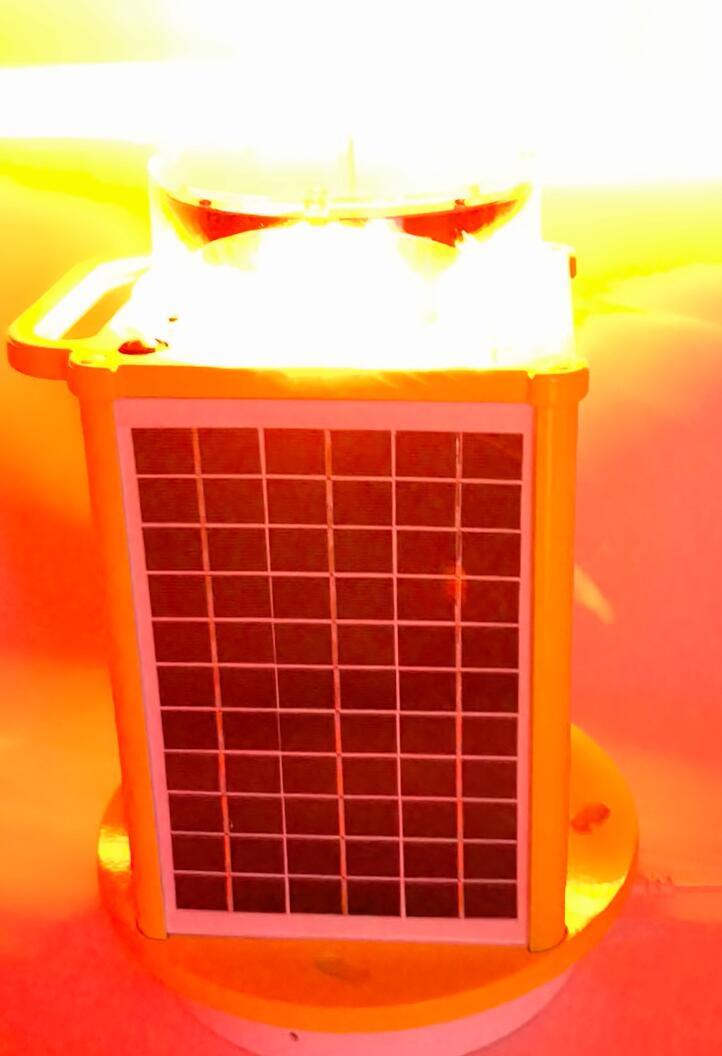Guiding the Waves with Lantern Marine Solutions
Lantern marine equipment serves as a critical component in ensuring safety and navigation across waterways. These lanterns, designed to endure the harsh marine environment, provide reliable illumination for vessels, ports, and offshore installations. As the maritime industry evolves, lantern marine systems have adapted to meet modern demands, combining traditional functionality with cutting-edge technology.
The Importance of Lantern Marine Equipment
Marine navigation depends heavily on visibility. Whether marking shipping channels, signaling hazards, or identifying vessels, lantern marine systems play an indispensable role. Their bright, steady illumination acts as a guiding beacon for mariners, ensuring safe passage even in the darkest and most challenging conditions.

Beyond navigation, these lanterns contribute to overall maritime safety. By clearly marking docks, buoys, and offshore structures, they reduce the risk of collisions and other accidents. Their role in creating a safer marine environment cannot be overstated.
| lantern marine |
| lantern marines |
Features of Modern Lantern Marine Systems
Durable Construction:
Lantern marine equipment is designed to withstand extreme conditions, including saltwater corrosion, high winds, and heavy rainfall. Materials like marine-grade aluminum, stainless steel, and UV-stabilized polycarbonate ensure longevity and reliability.
Energy Efficiency:
Many modern lantern marine systems utilize LED technology, which provides bright illumination while consuming minimal power. Solar-powered options are also becoming increasingly popular, offering self-sufficiency and reducing dependency on external power sources.
Customizable Light Patterns:
These lanterns often feature programmable settings, allowing users to adjust flash patterns, colors, and intensity based on specific needs. This flexibility makes them suitable for a variety of applications, from marking shallow waters to highlighting underwater hazards.
Remote Monitoring and Control:
Advances in technology have enabled the integration of smart systems into lantern marine equipment. Remote monitoring allows operators to track the status and performance of lanterns in real time, ensuring timely maintenance and optimal operation.
Applications of Lantern Marine Equipment
Lantern marine systems are used across a wide range of maritime sectors. Some common applications include:
Navigational Aids: Marking shipping lanes, channels, and harbors to guide vessels safely.
Offshore Installations: Illuminating oil rigs, wind farms, and other structures to ensure visibility and safety.
Aquaculture: Marking fish farms and other marine resources to prevent accidental damage or interference.
Recreational Boating: Enhancing the safety of small boats and personal watercraft by improving visibility in low-light conditions.
Environmental and Economic Benefits
One of the standout advantages of modern lantern marine systems is their environmental impact. By utilizing renewable energy sources such as solar power, these lanterns contribute to a greener maritime industry. Additionally, their energy-efficient LED technology reduces power consumption and minimizes the carbon footprint.
From an economic perspective, the durability and low maintenance requirements of lantern marine systems translate into significant cost savings over time. Operators benefit from reduced operational costs, fewer replacements, and enhanced reliability, making them a cost-effective solution for long-term use.
Technological Innovations
The integration of advanced technologies has revolutionized lantern marine equipment. Smart lanterns equipped with GPS and AIS (Automatic Identification System) capabilities provide enhanced navigation and monitoring. These features enable vessels and operators to share real-time location data, improving coordination and safety on busy waterways.
Additionally, modular designs have made installation and upgrades more straightforward. Operators can replace individual components rather than entire units, reducing waste and costs. These innovations reflect the industry’s commitment to efficiency and sustainability.
Challenges and Solutions
Despite their numerous advantages, lantern marine systems face certain challenges. Limited sunlight in some regions can impact the performance of solar-powered lanterns, necessitating backup systems. Furthermore, the upfront cost of high-quality lantern marine equipment can be a barrier for smaller operators.
To address these challenges, manufacturers are developing hybrid systems that combine solar and battery power, ensuring continuous operation even in low-light conditions. Additionally, government incentives and subsidies for renewable energy projects can help offset initial investment costs.
Future Prospects
The future of lantern marine equipment is bright, with ongoing advancements poised to further enhance their functionality and reliability. Innovations such as AI-driven diagnostics, improved energy storage, and more compact designs will likely shape the next generation of marine lanterns.
As the maritime industry continues to prioritize sustainability and safety, lantern marine systems will remain at the forefront of navigation and operational excellence. Their ability to adapt to changing needs ensures they will play a crucial role in the evolving landscape of marine transportation and infrastructure.
Lantern marine equipment combines durability, efficiency, and technological innovation to meet the demanding needs of the maritime sector. Whether guiding vessels through treacherous waters or marking vital offshore installations, these systems are an essential tool for safe and efficient navigation. As technology advances, lantern marine solutions will continue to illuminate the path toward a safer and more sustainable future.
